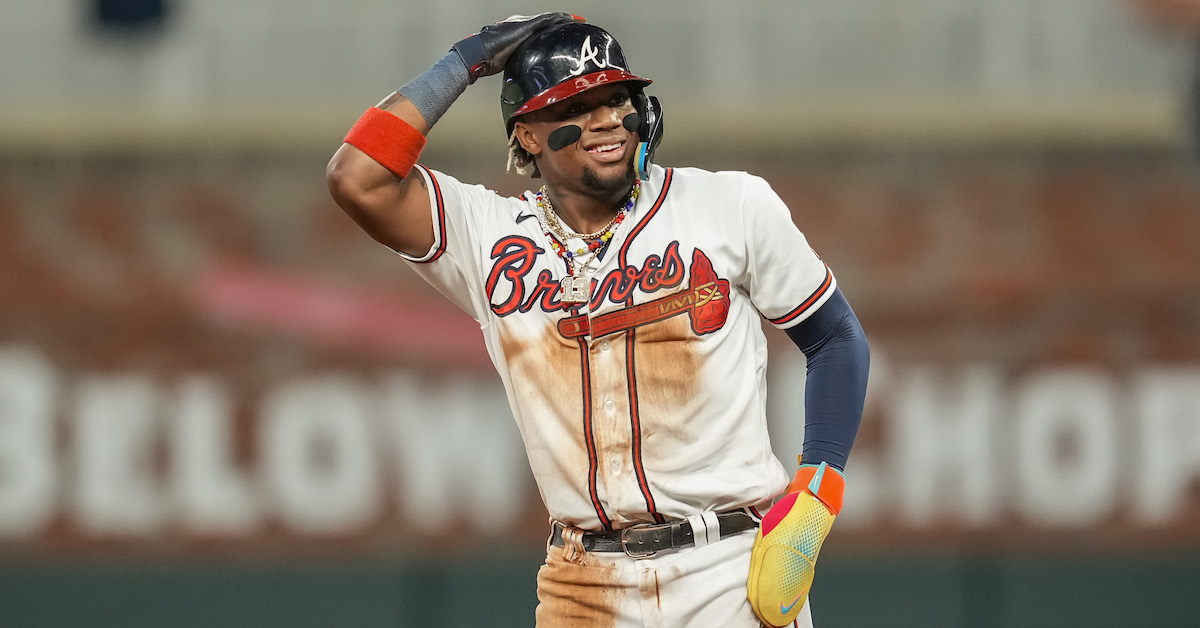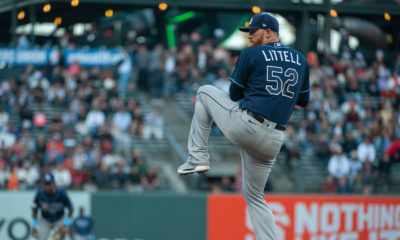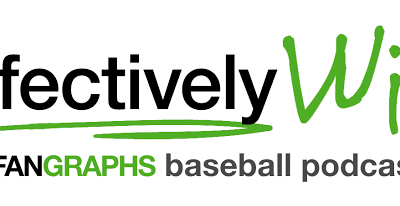

It’s one thing to join a club, but it’s another thing to start your own club entirely. That goes doubly so when the requirements to enter your club are harder to obtain than a liquor license in 1928. Ronald Acuña Jr. had already earned his 40–40 membership last Friday. That was the hot club in town back in 1988 when Jose Canseco started it up, but with five members now, it’s not quite as exclusive as it once was. So Acuña started up his 40–70 club, and he gets the prime parking space. And still not quite 26, there’s more time to start up some new clubs.
I tend to have mixed feelings about these clubs in baseball. They’re undeniably cool, in the way we’re all attracted to round numbers, and the key clubs and milestones give us an underpinning to compare accomplishments across baseball history. There’s something satisfying about experiencing the game in a similar fashion to someone 30 or 50 or 75 years ago as a shared cultural event, and these number-based chases are a big part of that. On the other hand, they also tend to be somewhat arbitrary in their construction and focus on a different direction than the one I’m interested in: what numbers mean rather than what they are.
When I’m not thinking about how fun something like a 40–70 club is or a 50–50 club would be, I can’t help but ask myself, “Hey, wouldn’t the 46–68 club have been a lot more meaningful than 40–70?” And the HR–SB club, unlike hitting 400 homers, has the added baggage of comparing two very different things with very different values. At least the Triple Crown isn’t a bad model of offense if you don’t have OBP and SLG; homers, batting average, and RBI cover most offensive contributions, even if the weighting is rather inaccurate.
The 40–70 club isn’t something I’d give extra credit for in an MVP vote; Acuña’s homers and stolen bases are already part of his statistical record. But thankfully, I’m not an MVP voter this year, so trying to separate Acuña and Mookie Betts is a problem I’m relieved to not have to unwind. My colleague Jay Jaffe made an excellent case for why he might break the tie in Betts’ favor. I’ll give a counterpoint in Acuña’s favor, but it has little to do with club membership and more about defense. While there’s some additional value to Betts’ flexibility, at the same time, there’s simply far more uncertainty around defensive numbers than offensive ones.
But if you’re not tired already of the MVP arguments, I guarantee you’ll be exhausted with it nearly two months from now when the award is announced. So let’s talk about something more fun, like the chance that Acuña can manage to top himself in the future with more than a full healthy season back under his belt.
Acuña’s approach at the plate has evolved as the season has gone on. Over the last calendar month, over which he’s hit an extremely spicy .340/.393/.726, he’s pulled off the neat trick of being significantly more aggressive at the plate (31% swing rate, up from 26% previously) and simultaneously making slightly more contact (83% versus 82%). His offensive profile can handle being more aggressive, and for the season, he’s at an absurd .333/.369/.542 after being in an 0–2 count. The zStats — the xStats equivalent within ZiPS — actually think that he has slightly underperformed his peripherals this year, with a triple-slash of .347/.422/.635. And that’s with a career low flyball rate; just a little more loft, and we might already be talking about 50–70!
Acuña’s median projection for 2024 already puts 50–50 within reach, with 44 homers, 52 stolen bases, and an 18% chance at a 50–50 season. It’s a long shot, but ZiPS even gives him a 0.2% chance of leapfrogging 50–50 entirely and putting up a 60–60 season at some point in the next three years! His long-term projections had slumped a bit given his injury and his rather pedestrian (by his standards) comeback year in 2022. Let’s just say they’re back on track:
ZiPS Projections – Ronald Acuña Jr.
| Year | BA | OBP | SLG | AB | R | H | 2B | 3B | HR | RBI | BB | SO | SB | OPS+ | DR | WAR |
|---|---|---|---|---|---|---|---|---|---|---|---|---|---|---|---|---|
| 2024 | .296 | .398 | .592 | 571 | 137 | 169 | 33 | 2 | 44 | 115 | 89 | 112 | 52 | 162 | 2 | 7.7 |
| 2025 | .293 | .398 | .589 | 569 | 138 | 167 | 32 | 2 | 44 | 114 | 91 | 109 | 48 | 161 | 2 | 7.5 |
| 2026 | .289 | .396 | .577 | 567 | 137 | 164 | 32 | 1 | 43 | 112 | 93 | 107 | 44 | 158 | 2 | 7.2 |
| 2027 | .288 | .396 | .571 | 566 | 136 | 163 | 32 | 1 | 42 | 110 | 94 | 106 | 39 | 156 | 1 | 7.0 |
| 2028 | .285 | .395 | .561 | 565 | 134 | 161 | 31 | 1 | 41 | 107 | 95 | 105 | 34 | 154 | 1 | 6.7 |
| 2029 | .281 | .392 | .547 | 565 | 131 | 159 | 31 | 1 | 39 | 104 | 95 | 106 | 30 | 149 | 1 | 6.3 |
| 2030 | .279 | .389 | .539 | 566 | 129 | 158 | 31 | 1 | 38 | 102 | 94 | 107 | 27 | 147 | 0 | 6.0 |
| 2031 | .279 | .387 | .533 | 567 | 127 | 158 | 31 | 1 | 37 | 100 | 93 | 107 | 25 | 145 | 0 | 5.7 |
Mike Trout now shows up at the top of Acuña’s cohort list in ZiPS; literally nobody ever gets a mid-20s Trout comp. ZiPS now projects him to finish with 112 WAR, more than any active player, which includes Trout. He’s also the only current player that ZiPS projects to eclipse 600 homers, and I didn’t forget Juan Soto in that. Despite ZiPS already projecting a five-win 2024 season from Acuña, he’s at the top in positive change in projected WAR next year. If you like HR–SB clubs, ZiPS also projects a 70% chance that he joins Barry Bonds at 500–500, with 600–600 even being plausible if MLB doesn’t unring the bell on the rules that opened up the game to more stolen bases.
Whether or not Acuña is the 2023 MVP, he’s the favorite for being the MVP of the entire next decade and has a good shot at being the best position player in the era after Trout. Next to that, 40–70 almost seems boring (OK, it’s still pretty cool).












